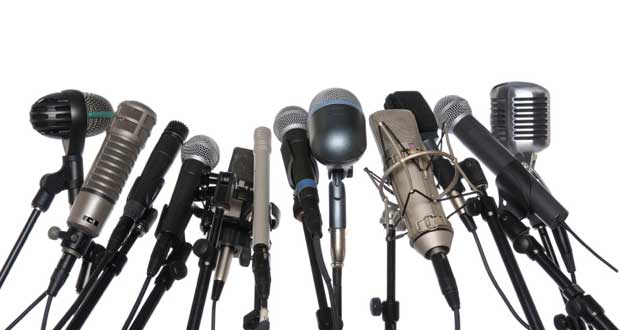Bus stops, motorways, and tube stations are changing. The uninspiring static billboards they once displayed are being replaced with dynamic, digital screens.
As our reliance on smart tech increases, the digital world is extending its influence to encompass more elements of the real world — including signage. Adoption of Digital out of Home (DOOH) has increased dramatically over the last few years, rising to account for a quarter of overall outdoor ad spend last year. In 2016, the transition is expected to continue at an accelerated pace, with DOOH ad spend set to grow by 4.5% during the next 12 months.
The shift in gear is largely the combined result of diminishing hardware costs and smarter distribution technology, which are paving the way for providers to drive incremental growth from multiple digital touchpoints. With intelligent technology now more freely available than ever before, advertisers can utilise new methods to engage larger audiences in real world settings. A great example of this is Audi’s Motion@Waterloo DOOH screen, which spanned the length of Waterloo station at more than 130 feet wide and served quirky brand messages to more than 2 million commuters.
But before industry players erect their own digital signs and hit the creative drawing board, how is DOOH set to develop in the year ahead, and what will the changes mean?
DOOH gets automated
With DOOH now playing a bigger role in advertising campaigns, the industry is employing new technologies to increase its efficiency and impact. Almost inevitably, this has meant the fusion of DOOH and automated tech — last year every DOOH advertising touchpoint in the UK was given a 10-digit code to enable programmatic trading.
By bringing programmatic technology and big data to billboards, the industry is set to transform both the scale of outdoor advertising and the way it is managed. But advertisers must be careful to ensure speed does not supplant relevance — ads still need to be served in the most appropriate format for the size and shape of the screen, to provide the best user experience. This makes it essential for advertisers to utilise developments in distribution that can detect hardware instantly and serve ads in any format, from video to rich HTML5.
Making the most of mobile devices
For consumers, the tech they use the most — mobile — forms a natural link to their visual surroundings and this makes it an obvious partner for DOOH to boost its power. In the year ahead the number of cross-screen campaigns using DOOH will increase as advertisers seek to capture maximum consumer attention across multiple channels.
Brands such as Coca Cola are already leading the way in blending mobile and out of home screens — last year its ‘Share a Coke‘ campaign invited users to tweet using the hashtag ‘Cokemyname’ for a chance to see their name, and a fun fact about it, appear on a digital billboard in Times Square and receive a photo of the screen via Twitter. By using mobile and DOOH in unison, advertisers can ensure their message has maximum impact by enabling the audience to play an active role in their advertising story.
Unique canvas for creativity
Producing engaging creative for multiple DOOH touchpoints is a challenge as advertisers instinctively focus their budgets on media instead of production to optimise exposure. Yet it is the creative that draws consumers in and — if strong enough — spurs them on to interact with the brand, making it the chief driver of conversions.
Just as ads that work perfectly for mobile users often do not translate well to TV, DOOH is another separate environment with its own advantages and capabilities, and therefore also requires its own uniquely designed creative. Take for example, Pepsi’s ‘Unbelievable’ campaign, which used augmented reality at a bus stop in Oxford Street to present waiting passengers with a range of unexpected scenarios, including tigers, comets, and aliens.
Fortunately, technology is catching up and this year advertisers will have access to new platforms that quickly build multiple creative messages for a variety of screens and ratios, at far more affordable rates. Without the high cost and time consumption of constructing individual creative for each screen, advertisers will be free to make more of DOOH.
DOOH has become a viable connected channel in its own right and with developments in creative technology offering advertisers the ability to build better campaigns in less time — and for a smaller slice of the budget — its role in advertising strategy is only set to grow.
Now poised to begin taking advantage of programmatic trading, DOOH will soon be a fundamental element of the multi-screen advertising mix. By tailoring campaigns to build unique, beautiful creative for all connected screens, including those in the outside world, advertisers can ensure their campaigns have the power to conquer every channel.









